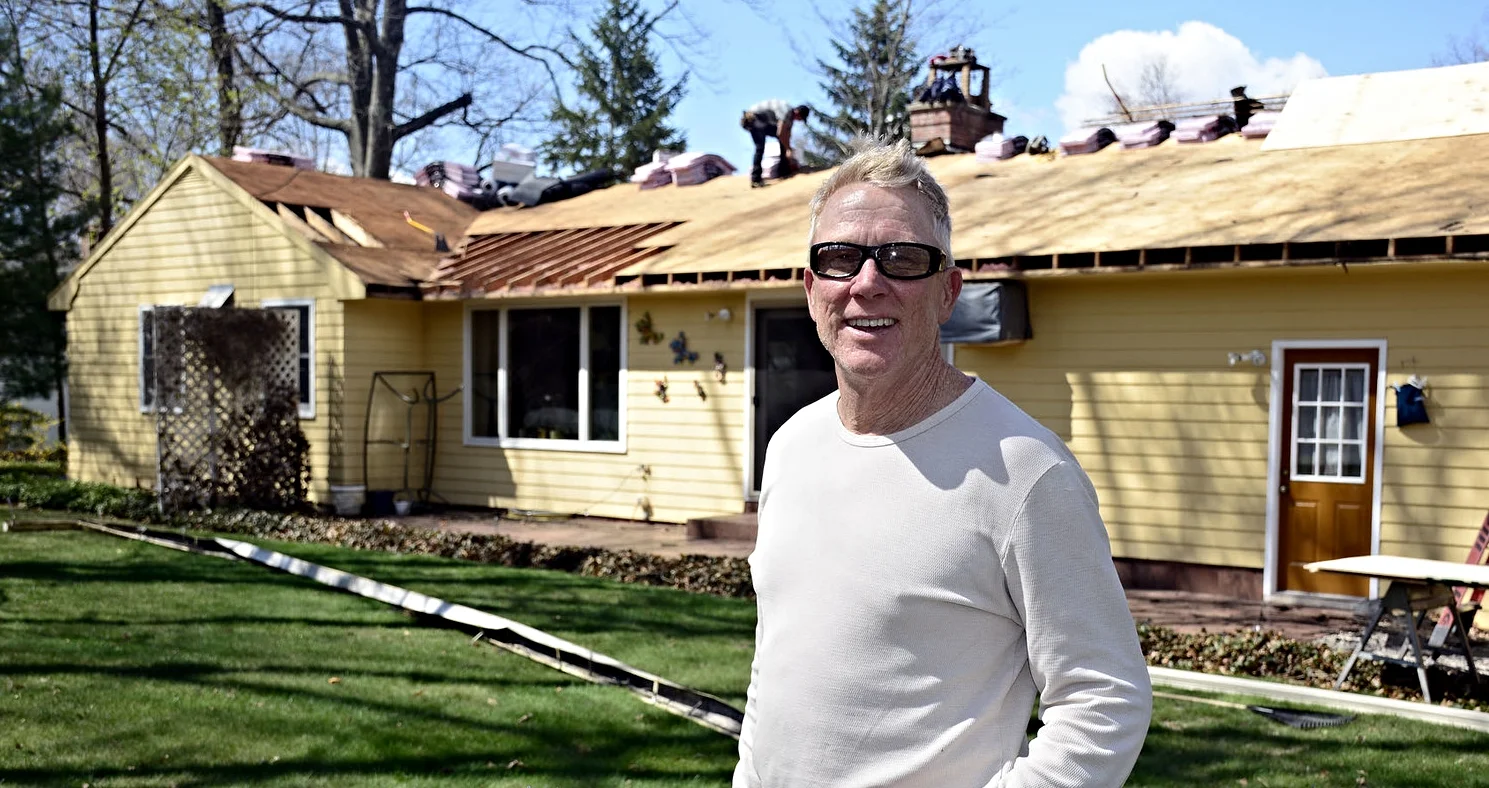A Good Cleaning Will Extend the Life of Your Deck for Years
Chelsea O'Donnell
I hope you all had a fantastic Fourth of July! While celebrating with family at a backyard barbecue, I started thinking about decks, patios, and the outdoor spaces that we all enjoy during the summer. Sure, they are wonderful to have, but they take a lot of work too. So let’s talk about how to best maintain them, starting with a deck.
The life expectancy of a wood deck is about 10 to 15 years, but did you know that it could last north of 20 years with proper cleaning and maintenance? That’s right, with a good seasonal scrub and sealing, your deck could stay looking beautiful long after your neighbors’ needs replacing.
A deck takes a lot of abuse during the seasons. The summer sun is especially harsh and the humidity forces the wood to expand and contract, which can lead to shifting and splitting. The winter is no picnic either as snow, ice, and freezing temperatures will do their fair share of damage to both the surface and the joists. With all those elements taking their toll, it’s no wonder why a deck is so susceptible to rot. Luckily, there is plenty that you can do to take care of it, so let’s get to it.
Attack the Crevices
The first thing you have to do is sweep the surface of your deck clean, and then grab a putty knife to dislodge all the debris stuck in the nooks and crannies. Whirlybirds and leaves can do a lot more damage than you think because they begin to rot as soon as they get wet. Leaving them trapped in the wood will most certainly send your deck to an early grave. This is also a great time to sand down any splintered areas and replace deteriorated or popped nails or screws.
Scrub the Wood
Once your surface is completely debris-free, it’s time to give the wood a deep clean. You might remember my affinity for a pressure washer and deck cleaning is where this machine really shines. A year’s worth of dirt, mildew, and gunk can be tough to take off, and while a stiff scrub brush and some serious back-aching effort will do the trick, the pressure washer will tackle the task in half the time. Many people recommend a bleach and water solution but I prefer to use a non-toxic alternative such as Spray Nine which has no corrosive chemicals and won’t kill your plants. Give the deck a good, solid coating of cleaner and let it sit for 15 minutes before pressure washing or scrubbing.
Stain and Seal
Staining the deck is an optional step but sealing it shouldn't be. Many decks experience discoloration over time and staining is one great way to give your wood a facelift and make it look new. But regardless of if you’re staining or not, applying a weather-resistant seal is your best defense against having the replace your deck sooner than you expected. Apply the sealant in a thin coat using a medium paintbrush or a roller, working with the wood grain to ensure an even finish. It’s important not to apply the sealant in direct sun as it will dry too quickly and the wood won’t be able to absorb it. If instructed, apply a second coat, working in the same way. Finally, allow the sealant to dry for 24 to 48 hours before placing deck furniture or planters back on the surface.
Now sit back, relax, and enjoy your beautiful like-new deck for the rest of the summer and beyond. Your wood will thank you.
Bob O’Donnell is the owner of O’Donnell Bros. Inc., a Bristol-based home improvement company established in 1975. Email your questions for Bob to info@odonnellbros.com with the subject line “Ask the Pro.” All questions may be considered for publication. To contact Bob for your remodeling needs, call O’Donnell Bros. Inc. at (860) 589-5155 or visit http://www.odonnellbros.com. Advice is for guidance only.
